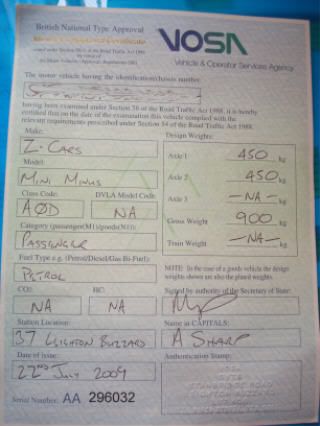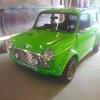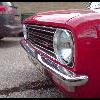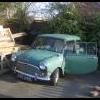I belive its because a flip front changes the crash safety of the car, thats my understanding anyway.
That's not something tested by IVA. In essence that's the whole reason it exists, so amateur built and low volume production cars aren't put off the road by the impossibly expensive costs of crash testing etc.
We'll have to see how it works in practice. The MoT test has been reasonably practical in its application, it's the involvement of the DVLA that worries me. If MoT testers are given a non discretionary tick list that results in a follow up inspection by a technically unqualified bean counter with a clipboard to tot up anything that's not 100% Rover factory spec, then people will find themselves forced in to expensive and largely irrelevant visits to a VOSA test centre.
Thanks must go to Craig and his helpful new friend at VOSA, though his answers do illustrate a few puzzlers over the scheme and what it will achieve. Fitting a flip front with well a tried and tested brace bar design isn't going to alter the structural integrity of a Mini Body shell any more than unzipping all the external spot welded seams and butt welding the shell back together instead. Neither would be tested in an IVA but I'd have more confidence in a bolt on brace bar being of a consistent quality than a mass of untested welds hiding under paint & filler.
IVA is a good idea for new built kitcars but the criteria that would earn an existing car a test should be based on modifications to the actual components and criteria that are tested not some vague and often irrelevent points system.



















